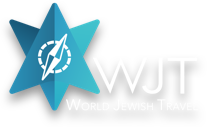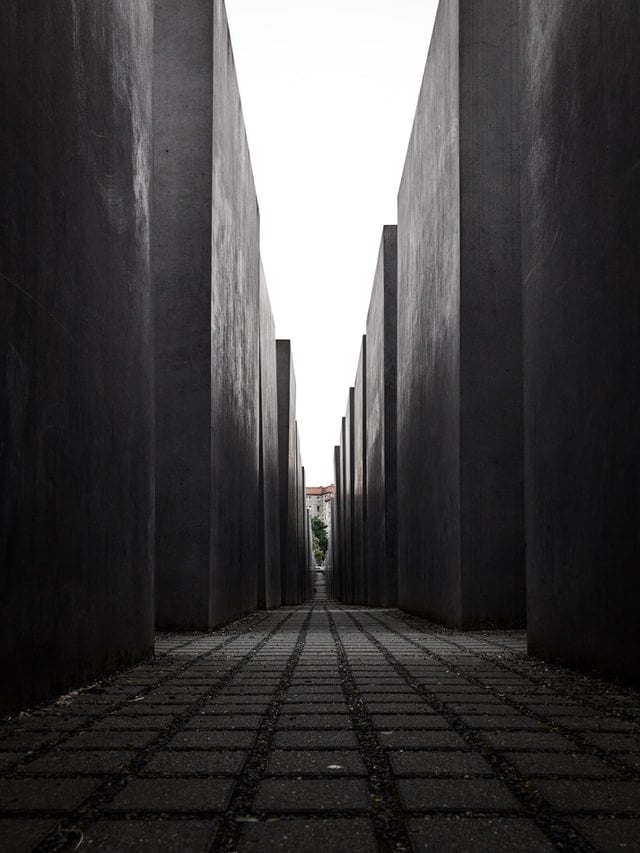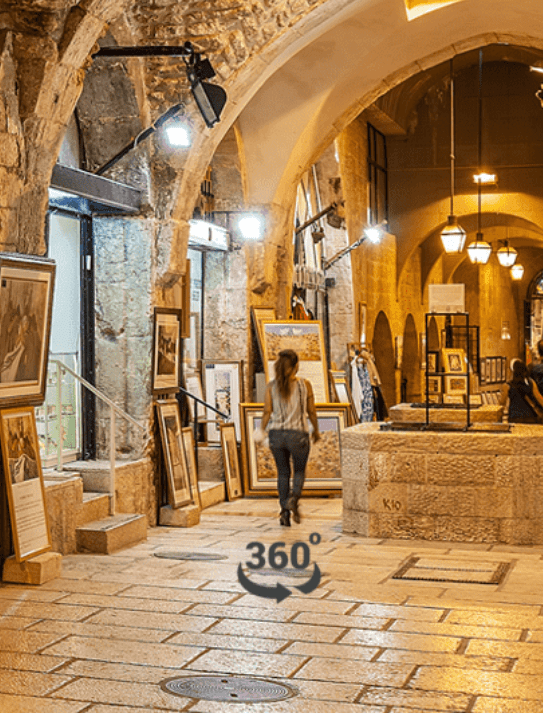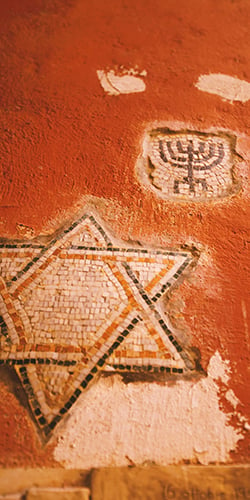New York City is a mosaic of cultures, a bustling metropolis where the story of its Jewish population forms a vibrant chapter in the city’s rich history. Join us as we explore how Jews have shaped and been shaped by the flavors and rhythms of the Big Apple, while also serving as a guide to key sites and cultural events that bring this story to life.
Early Jewish Life
The earliest Jewish settlers arrived in New York City in the mid-17th century. Ashkenazi and Sephardi Jews fleeing persecution in Europe and Latin America found a promising refuge in what was then called New Amsterdam. Despite facing various societal challenges, the Jewish population soon began to thrive, contributing to different sectors such as trade, banking, and craftsmanship. Their unique position as settlers in a developing colony meant they were instrumental in laying the cultural and economic groundwork that would define...














